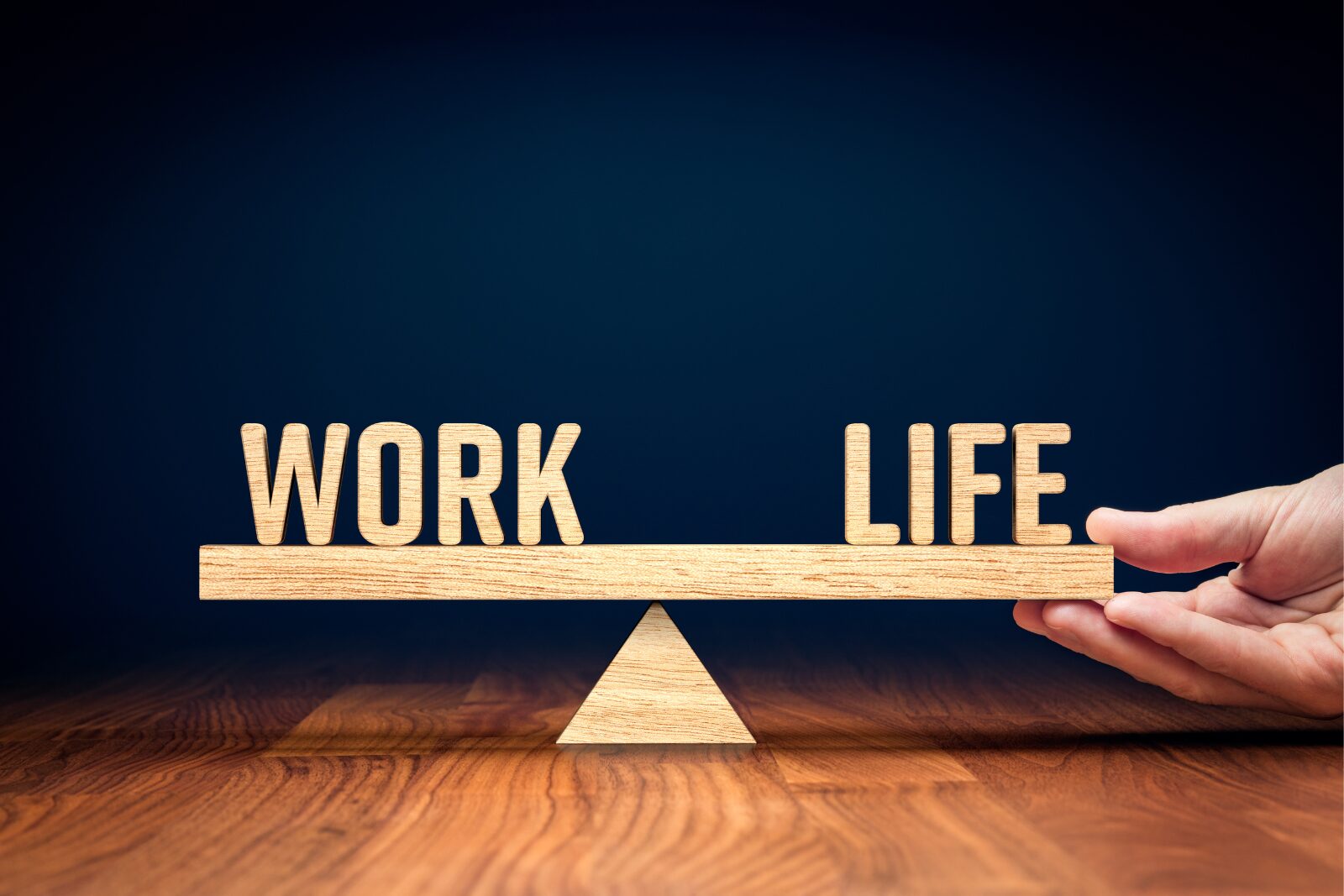When the novel coronavirus hit last winter, doctors were unsure of the most effective treatments. But as the pandemic has continued, doctors are learning, as the fatality rate continues to drop, the best way to survive COVID-19 seems to be to delay catching it, as this article in The Atlantic describes. According to a study cited in the article, the fatality rate in New York City was 25.6% back in March, but by August, it had fallen to just 7.6% as doctors learned better ways to treat patients. Adding to the challenge, doctors have discovered there is no “one size fits all” treatment that is effective for everyone, so they are learning to pay close attention to a patient’s particular symptoms: an effective treatment for one person can harm another.
Hopefully you and your family are still managing to stay healthy as the pandemic stretches on. Don’t hesitate to contact our office for additional ideas and support!
CARES ACT UPDATES
Another stimulus bill?
All negotiations for another stimulus bill are on hold until after the election. Both the White House and Democrats are blaming each other for the impasse. Among the sticking points, as outlined in this CNet article, are additional federal unemployment benefits, expanded support for states and local governments, and liability protection for businesses. An additional round of $1,200 stimulus checks plus additional money for dependents is likely to be a part of the next round of support.
Economic Impact Payments (aka Stimulus Checks)
The IRS has extended the deadline to November 21 for non-filers to enter information using the IRS non-filers tool so that they may receive a stimulus payment by year’s end. Millions of people are eligible for stimulus checks but have not yet received them because their income was too low to require filing a 2018 or 2019 tax return. Using the secure non-filers tool will allow the IRS to send payments to eligible recipients this year. Otherwise, they will have to wait until 2021 when they file a 2020 tax return.
HEALTH UPDATES
Even those who have mild cases of COVID-19 may face long-term health challenges. Some patients have wide-ranging symptoms that may persist for weeks or months, even if they were healthy before they were infected. Some show cardiac symptoms such as tachycardia while others have persistent shortness of breath or muscle aches. Many report brain fog or abnormal fatigue that interferes with their work. It is not yet known how long these long-COVID patients will need to recover fully, but so far, some have needed six months or more of focused rehab.
TAX ISSUES
Everyone has seen those ads on late-night TV from companies that trumpet relief from tax bills. While some may be legitimate businesses, many are outright scams, and those predatory scams are proliferating during the COVID-19 economic crisis. The IRS uses a straightforward mathematical formula when determining whether they will accept a lesser amount to satisfy the amount owed by a taxpayer. Companies that advertise resolving tax debts for pennies on the dollar may be misleading taxpayers with unrealistic expectations. The best approach is always to work with a CPA or EA with expertise in working with the IRS, and who will be obliged to follow professional guidelines.
WORKING FROM HOME
Remote workers often feel isolated from the rest of their teams. While virtual happy hours and lunches can be a big help, having unstructured time for collaboration can help keep team members connected. This article in the Harvard Business Review describes three techniques that Mark Strassman has used to lead remote teams for nearly 20 years. Virtual co-working, where team members log into a videoconference link and agree to stay connected for a set period of time, allows teams to work side-by-side and ask questions of others as they come up. Dedicated video links, known as “hotwalls” or “wormholes,” let remote workers stop in and visit with the on-site team. Strassman also holds weekly office hours, where team members are invited to show up and ask questions.
Working from home usually means saving on commuting, work clothing, and the expense of coffee and lunches away from home. But, for many, working at home brings unexpected expenses. With everyone home and working on computers, many see electric and water bills increase or even double. Some parents have also been forced to quit their jobs to oversee their children’s remote learning, or to pay for expensive daycare. Grocery bills may also rise because everyone is eating all their meals at home.
LIVING WITH AND AFTER THE PANDEMIC
Surveys from the CDC indicate that almost 41% of Americans of all ages are struggling with mental health issues arising from the pandemic. That percentage increases to 75% for those between the ages of 18 and 24. Loss of productivity due to emotional issues can be a real economic problem, but there are things that employers can do to create a better mental health environment for workers. Open communication with regular check-ins can help detect issues before they blow up. Recognizing signs of distress and pointing team members to resources, as well as encouraging everyone to take care of themselves can all go a long way toward keeping teams happy and productive.
Work in the post-pandemic world
Even before the pandemic, the skills required for a successful career had been changing. The overnight shift to remote and hybrid work accelerated those changes. This article in Fast Company outlines skills that employees will need to thrive in the future. Perhaps the most crucial skill will be the ability to be a self-starter with the ability to identify and acquire new skills as they are needed. Digital skills, including analytics and ability to use videoconferencing and various communication platforms will also become increasingly important in the future.
Bringing team members back in the office in the COVID-19 era requires a number of adjustments. Some, like removing the communal coffee pot and bowls of M&Ms, are simple. Others, are more costly. Door openers that open with the wave of a hand or badge, sophisticated air purification systems, and plexiglass barriers are among measures that employers are using to bring teams – or parts of their teams – back into the office so that everyone can feel safe.
GENERAL RESOURCES
- Payroll, HR and benefits company Gusto has put together An Employer’s Guide to Navigating the Coronavirus
- Accounting Today has a special page for articles on COVID-19
- The best source for up-to-date and accurate health information is the Center for Disease Control (CDC)
- The CDC also has recommendations for businesses and employers
- Intuit QuickBooks has a dedicated page to help small businesses
- The Red Cross has pointers to help young adults stay safe
- Entrepreneur put together a listing of free tech resources for remote work
- Kiplinger has a state-by-state guide to absentee ballot voting.
- The Consumer Financial Protection Bureau has warnings about COVID-related scams
- Fast Company has a listing of the best productivity apps for 2020
- The New York Times has an online newsletter on K-12 and higher education
- The Wall Street Journal has a collection of articles on education
We sincerely hope that you and your family are well and remain well. If you have any questions or concerns, don’t hesitate to reach out to us. We are all in this together!


